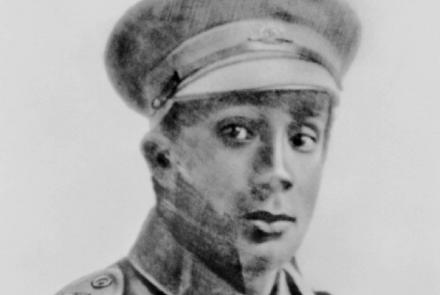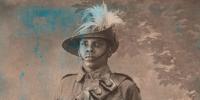Aboriginal Enlistment During World War I

William Rawlings, a Victorian Aboriginal man who enlisted at Warrnambool on 14 March 1916. Serving in the 29th Battalion on the Western Front, Rawlings was awarded the Military Medal for his feats during successful advances along Morlancourt Ridge on 28-29 July 1918. Ten days later he was killed in action at Vauvillers (Image AWM).
Aboriginal Enlistment During World War I
A century ago in May 1917, the Australian Army issued a Military Order stating that “half castes may be enlisted in the Australian Imperial Force providing that the examining Medical Officers are satisfied that one of the parents is of European origin.” The order relaxed an earlier policy that officially prohibited the enlistment of all Aboriginal Australians. The precise motives behind the 1917 memo are unclear, but it was undoubtedly an important moment in the history of Aboriginal and Torres Strait Islander military service. Furthermore, by accepting some Aboriginal people for military service – one of the quintessential responsibilities of the citizen – it was an early milestone in the long struggle for Aboriginal rights.
Click here to read the full ‘This Month in History’ column Aboriginal Enlistment During World War I by Serving Our Country chief investigator Dr Samuel Furphy.







